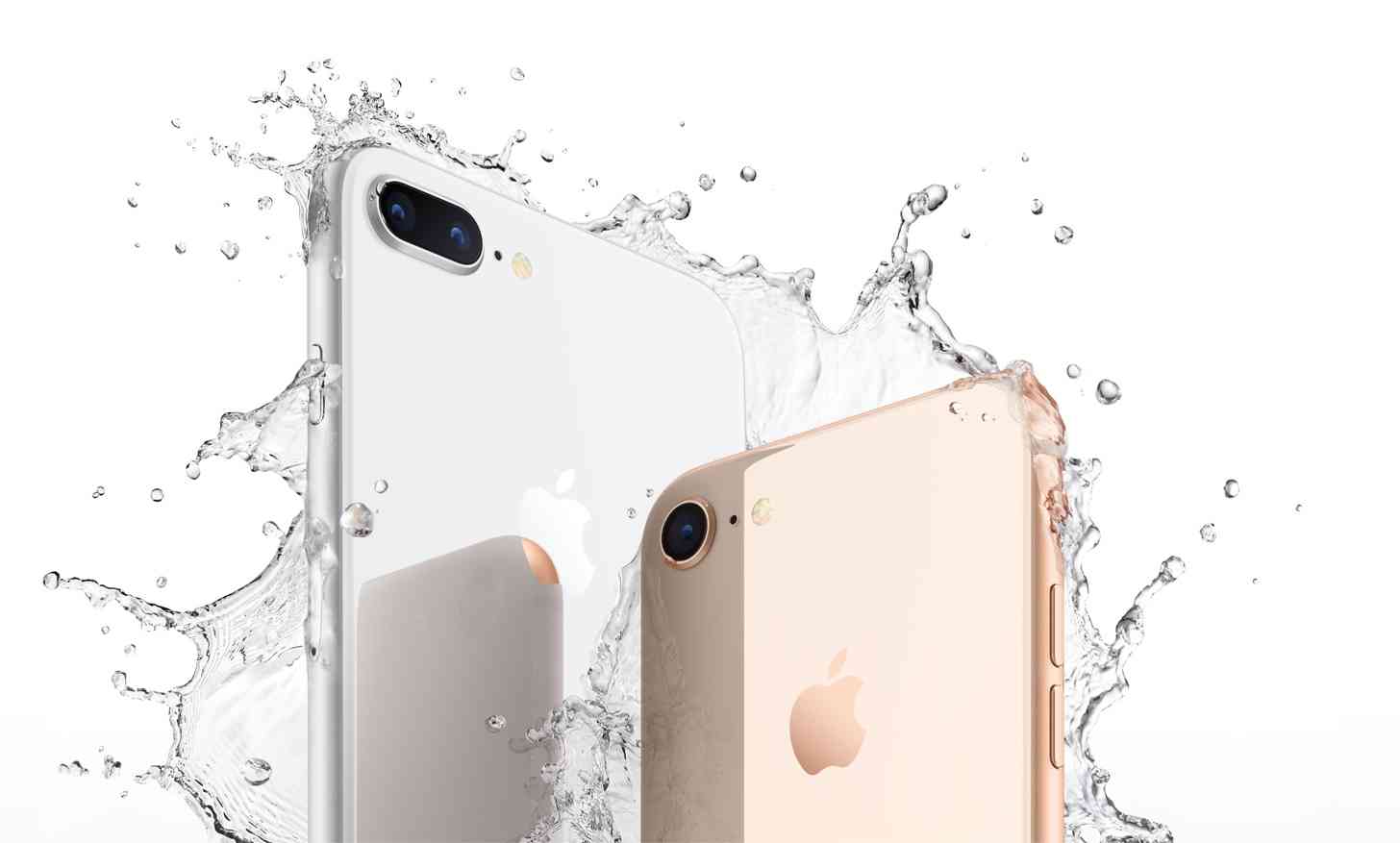
Rather than going with the “S” moniker that Apple traditionally uses one year after the release of a new iPhone, Apple jumped straight to the 8 this year with the iPhone 8 and 8 Plus.
At a glance, they look similar to the iPhone 7 and 7 Plus, with one major exception: both devices have returned to the all-glass front and back with an aluminum frame design, which hasn't been seen since the iPhone 4S.
The iPhone 8 and 8 Plus feature a 4.7-inch and 5.5-inch Retina HD display, respectively. Both devices run on the new 6-core, 64-bit “A11 Bionic” processor. Both will also come in only two internal storage configurations this time, but the good news is that the new base model starts at 64GB, with the second capacity being 256GB. RAM and battery configurations have not yet been disclosed, although Apple's iPhone 8 product page states that they last "about as long as the iPhone 7 and 7 Plus".
The iPhone 8 and 8 Plus feature 12-megapixel cameras, with the 8 Plus featuring a dual-camera setup with f/1.8 and f/2.4, as well as all-new sensors and optical image stabilization in both. The iPhone 8 Plus's camera can shoot 4K video at 60 frames per second and 1080p at 240 frames per second. Both feature a 7-megapixel front-facing camera, and both feature the new "Portrait lighting" feature to help users take more professional photos.
For the first time in iPhone history, the iPhone 8 and 8 Plus will both support wireless charging using standard Qi wireless charging technology.
The iPhone 8 and 8 Plus will come in silver, space gray, and new gold color options. The iPhone 8 will have a starting price of $699, and the iPhone 8 Plus will start at $799. Pre-orders begin on September 15, with orders shipping and open availability starting on September 22.
iOS users who have been anticipating the official upgrade to iOS 11 will be able to do so starting on September 19.